History of chess and Rules of chess game
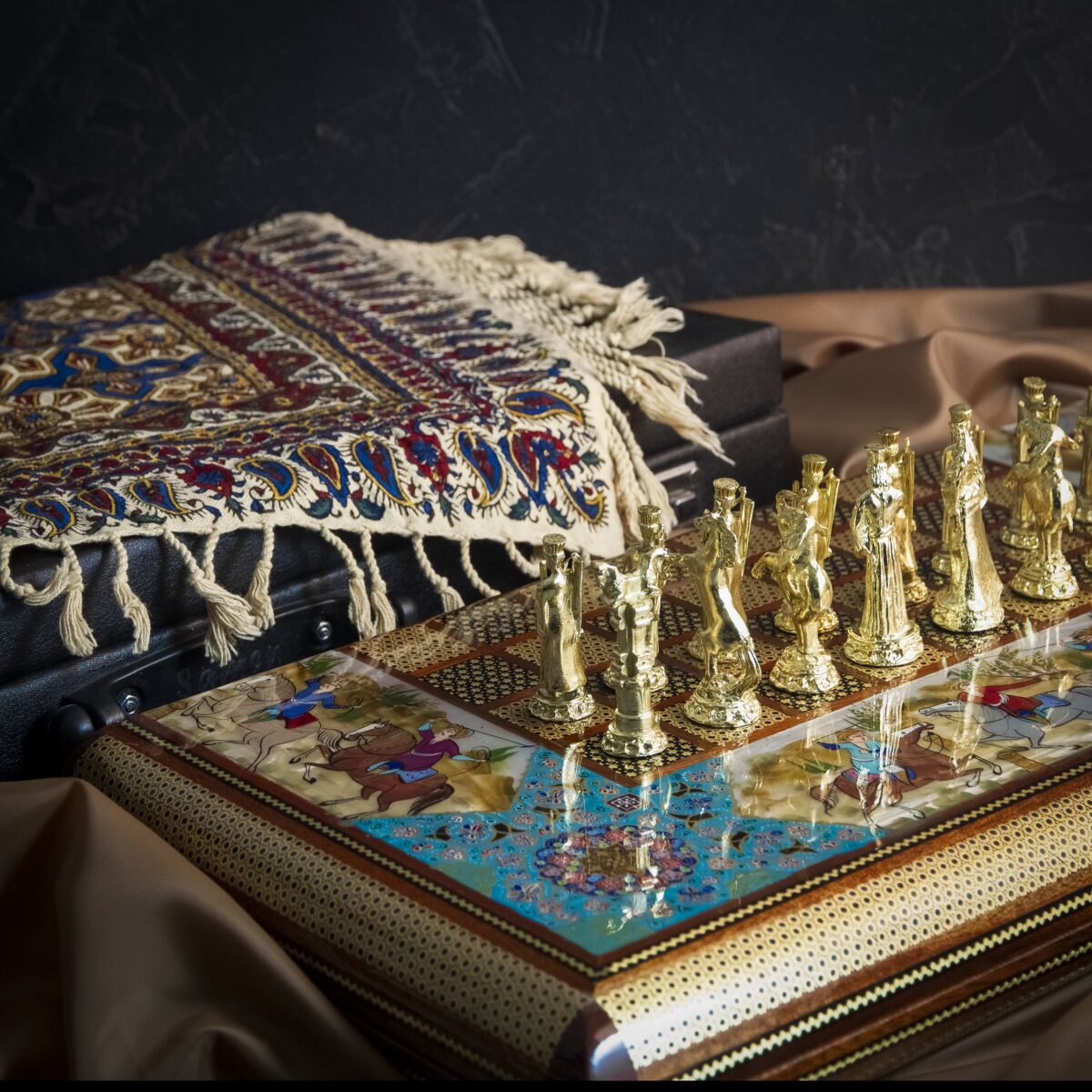
ItPersian chess is one of the world’s oldest and most fascinating games, and it still has many fans today. Iranian chess is a two-player game played on a board with black and white pieces. Each piece has its own role and characteristics. According to the rules, the player who captures more of the opponent’s pieces, protects their own, and ultimately checkmates wins the game.
Persian chess has a long history and has been a popular pastime in many countries. Even today, you can find people playing chess with friends in cafes or at home to pass the time. In this article, we will explore the history of the game and explain its rules.
You might also enjoy: Iranian chess set
History of the chess
Although the inventor of Rules of chess game is still unknown, historians are trying to find its birthplace. According to a theory, Persian chess was developed in India around 600 AD. It is said that the ruler of the Gupta Empire in India asked scientists to create a game that would teach his children to fight and make them powerful generals. According to his request, a game called Chatarunga was made in Sanskrit and means “four parts”. These four divisions included infantry, cavalry, elephants, and chariots, which today we call pawns, knight, bishops, and rock.
The arrival of chess in Iran
As mentioned in the Shahnameh, the people of Iran were introduced to chess by the Raja of India during the time of the Sassanids, who were India’s neighbors at that time. Iranian culture had a great impact on the development of the game of chess and its name was changed from Chatarunga to Nhatrang.
Over the years, people changed the name of this game, and after the Arab invasion of Iran, they started calling it “Shatranj.” In this game, when a player attacked the king and the king couldn’t escape, they said the phrase “Shah Mat.” Other countries later adopted this phrase as well.
The arrival of chess in Europe
In the year 1000 AD, the game of chess spread throughout Europe. After 500 years, chess closely resembled the early Indian game. Apart from translations and name changes in this game, the rules have not changed since the beginning. At the beginning of the Renaissance period, the rules of Persian chess were developed in the book Culture and Science. Part of the changes in the rules was to increase the speed of the game and bring pieces into the battle earlier.
Modern chess
With the increase in popularity and the development of new rules, this game became a professional sport. The first tournament was held in London in 1851 and the World Championship was held in 1886. For more than half a century, in the world championship games, 5 people had the title of chess champion. This title was held for 27 years by the German mathematician Emanuel Lasker, who holds the record for the longest championship period. In the 20th century, the modern style of chess evolved greatly by updating strategies and tactics. Cuban player Jose Raul Capablanca’s aggressive playing style won Lasker the title in 1921.
Some believe that the first grandmaster of chess was Tsar Nicholas II of Russia, but the official beginning of chess education was with the establishment of FIDE (World Chess Federation) in 1924. After the death of chess champion Alexander Alekhine in 1946, another match was held in 1948 to determine the championship.
Mikhail Botvinnik’s victory began a period of Soviet Persian chess dominance until American Bobby Fischer became world champion in 1972. Following a dispute with FIDE, Fischer awarded the title to Anatoly Karpov, who lost to Garry Kasparov in 1985 and eventually left FIDE in 1993, and the title was returned to Karpov.
Years later, we saw balanced competitions at the international level with nationalities such as India, Ukraine, Uzbekistan, and Bulgaria. Magnus Carlsen, the current world champion, won this title by defeating Anand in 2013 and was elected to the highest chess position in 2014.
Chess game rules
All chessboards have 64 squares, 32 of which are white and 32 black. The correct way to place the chessboard is as follows: the square in the right corner of the player must always be white. You can see that the chessboard has 8 columns and 8 rows. Small English letters label the columns, and numbers label the rows. The board shows white squares on the bottom half and black squares on the top half. Any player who can control more than 32 squares on the chessboard essentially has a space advantage. You also try to take over and control more squares in the game with your rivals.
Pieces position and movement
Each player has eight pawns that he must arrange in a row, the pawns are the least valuable pieces in chess, and of course, this does not mean that losing them is insignificant, because these least important pieces if they reach the last square, they can get a rank and become a queen from a pawn, that is, a pawn who reaches the last square can become a queen, a rook, a bishop or a knight, so it is necessary to know the value of this piece in the game.
The pawns on the chessboard are placed in the row in front of the knights, that is, rows 7 and 2 (white soldiers in row 2 and black soldiers in row 7). Pawns are unusual because they move and attack differently: they move forward but attack diagonally. It can only move forward one square, but they can move two squares forward on their first move. Pawns can only move diagonally one square to hit the opponent’s piece. They can never move backward. If a piece is facing a pawn, its path is blocked.






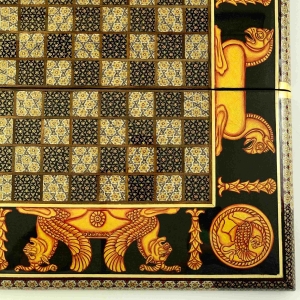
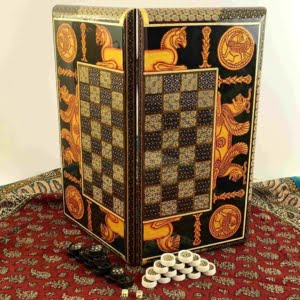
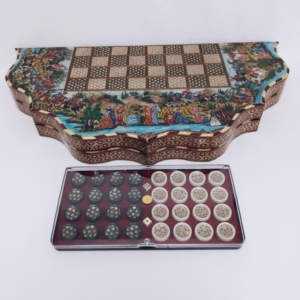
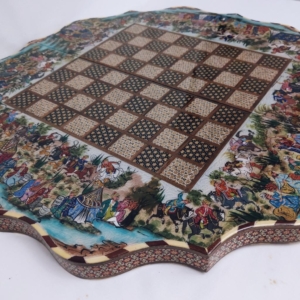

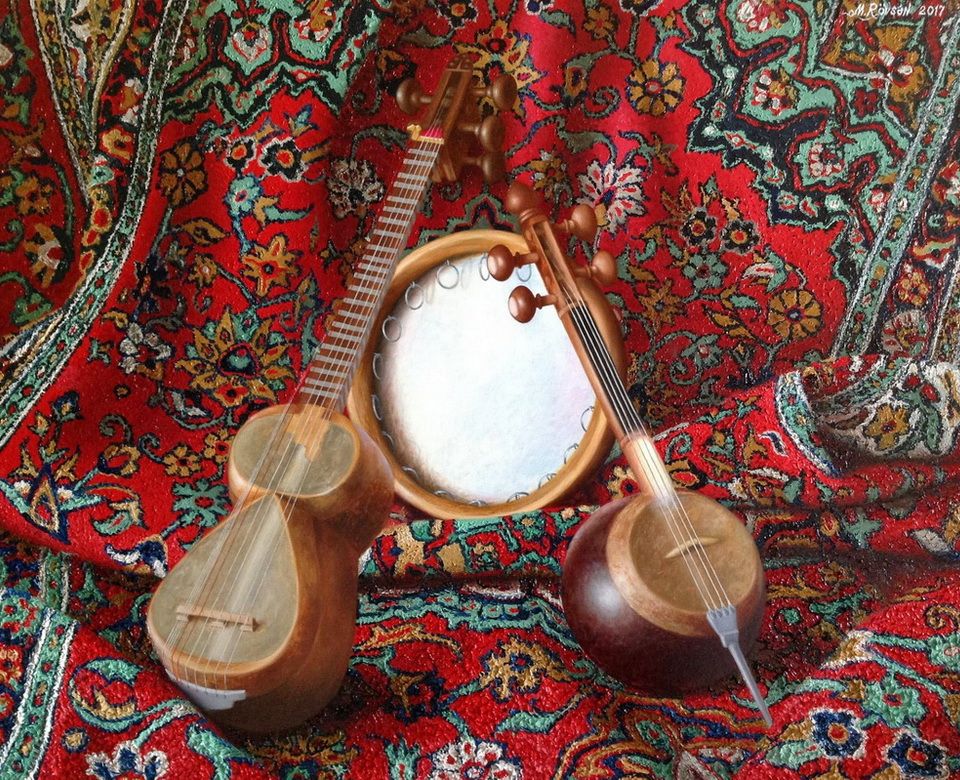


Comments